How To Get More Open Crumb Sourdough
This post may contain affiliate links.
Mastering how to get more open crumb sourdough might just be the holy grail of working with wild yeast.
I'm asked how to get more open crumb sourdough at least once a day so I thought I would finally share my thoughts on how to achieve this seemingly impossible task.
Now I want to start by saying that I'm not into promoting "perfect sourdough".
Is there really such a thing, given we all have such different tastes, ideas and requirements of our bread (although if this is a good post if you want to know what sourdough bread actually looks like).
I've written this with the goal of helping you get a more open crumb - I hope that it helps you to achieve the open crumb you desire.
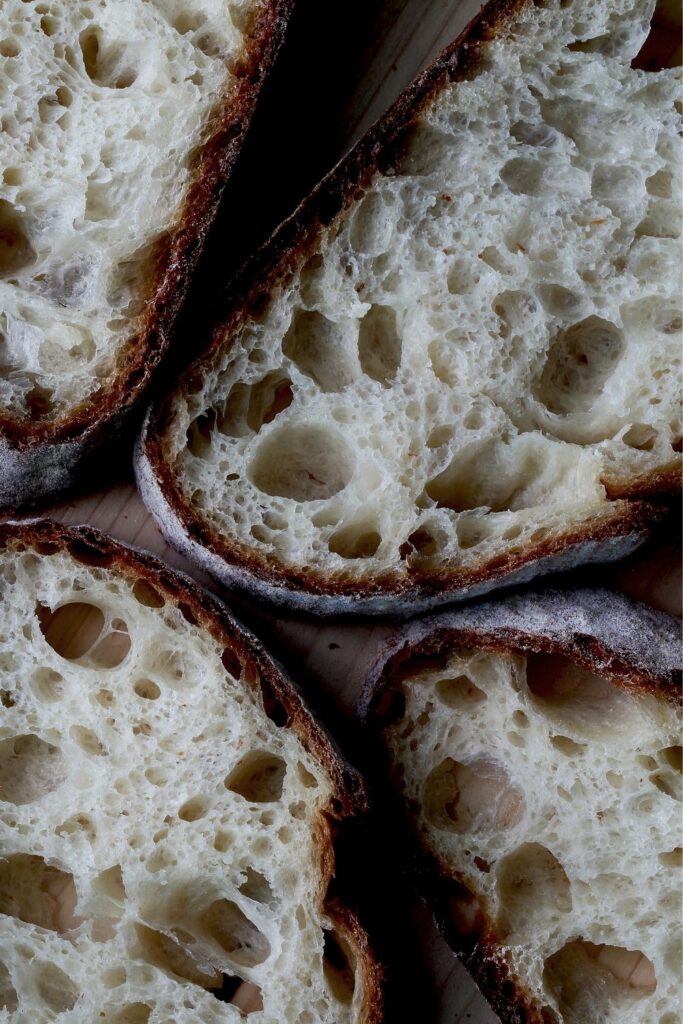
What Does Open Crumb Sourdough Mean?
The crumb refers to texture of the inside of your sourdough.
You'll hear it referred to as open or closed. It can also be referred to as gummy, wet, soft or tight.
Open crumb sourdough refers to a sourdough that has large, but even holes throughout the interior of the bread.
These "holes" are caused by accurate and effective fermentation
The holes inside sourdough can sometimes be referred to as alveoli.
Open crumb isn't a result of just one thing.
Just like great oven spring or a sourdough ear, it's the combination or total sum of all the things.
Perhaps this is why an open crumb is so coveted? It signifies that all the boxes have been checked and your sourdough has bloomed upon hitting the oven.
What Should Sourdough Crumb Look Like?
There really is no right or wrong when it comes to sourdough, however if you are looking for a more open crumb sourdough there are a few things your sourdough needs to have.
Sourdough crumb should be even, meaning there won't be any areas that are super tight or with giant tunnels.
The crumb should be light and fluffy - not wet and gummy.
The holes inside the sourdough may seem shiny. This is a sign that the gluten is very well developed. It's not a flaw.
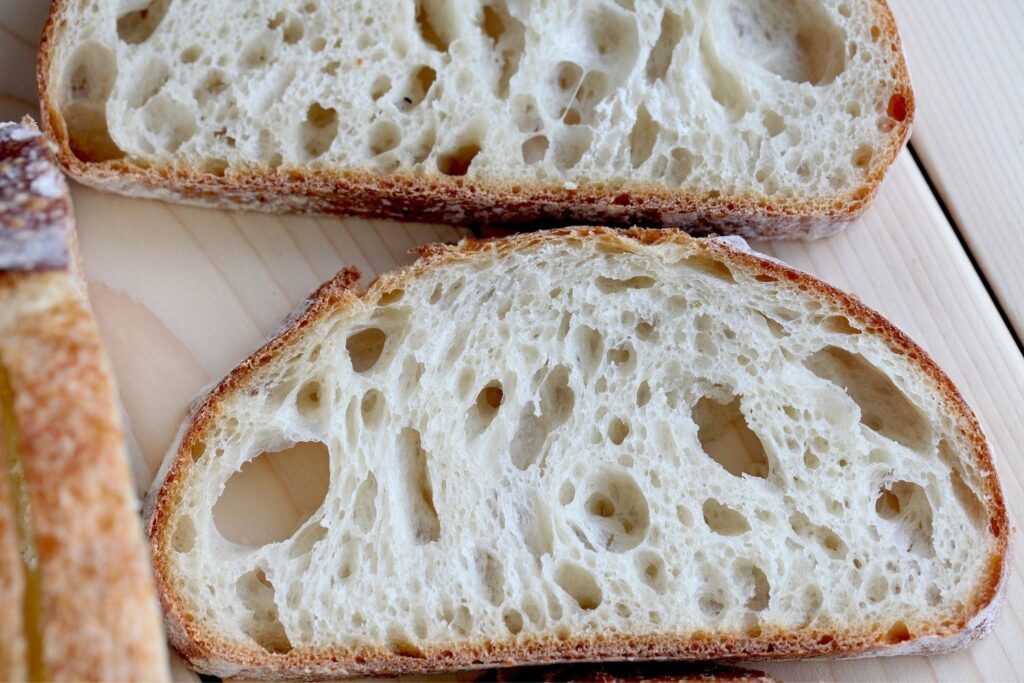
Open Crumb vs Closed Crumb Sourdough
Open crumb is generally more sought after than closed crumb when it comes to sourdough.
While closed crumb can be equally as delicious, a closed crumb can also often signify issues with a sourdough loaf.
Under (or over) fermentation, not using adequate hydration and over working the dough are all issues that cause a closed crumb.
An open crumb in a loaf of sourdough tends to signify ticking all the boxes and getting fermentation right.
Hence it's seen as the pinnacle of sourdough success.
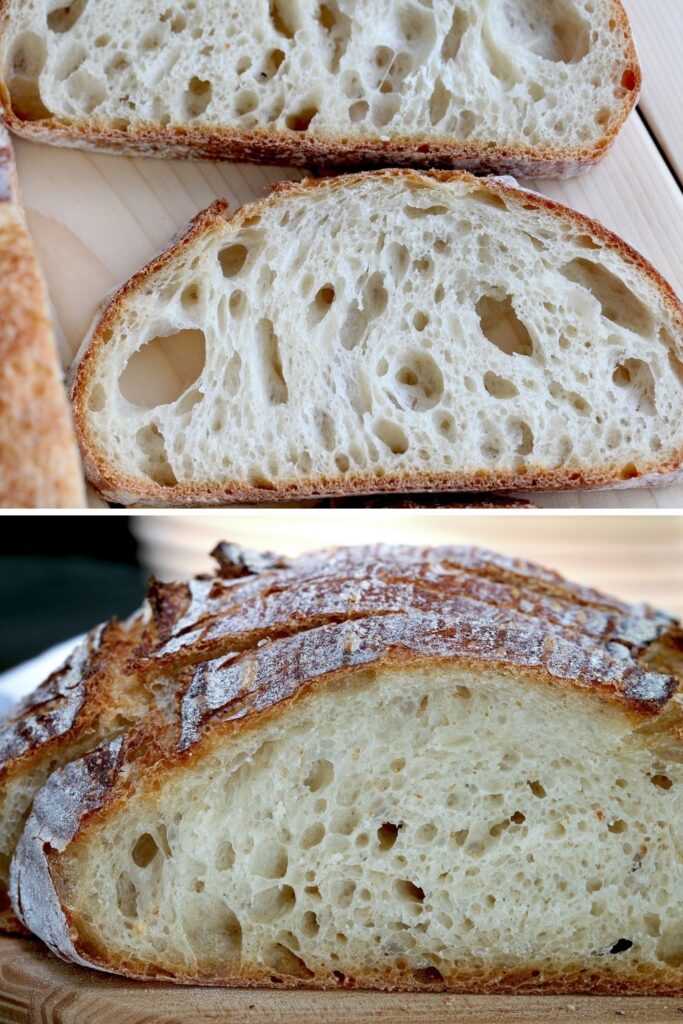
How To Get More Open Crumb Sourdough
So how do you get more open crumb sourdough? Well you need to look at the whole sourdough baking process.
And you need to start at the beginning, right back at your sourdough starter.
There are 5 factors that will help you achieve more open crumb sourdough bread:
- Strong & healthy sourdough starter
- Your choice of flour
- Accurate fermentation
- Correct shaping technique with adequate dough tension
- Understanding sourdough proofing
Strong Starter
Open crumb sourdough requires a strong, active starter.
A strong starter really is the foundation of good sourdough bread, and more specifically, open crumb sourdough bread.
A sluggish starter will not provide ample fermentation in a timely manner. The gluten will begin to break down before a sluggish starter has done its job.
Ensure that your starter is sufficiently fed, bubbly and at its peak when you use it.
If you have a sluggish starter, these 5 tips will help you boost it.
If you do store your starter in the fridge between bakes, ensure that it's had sufficient time on the counter to warm up and of course is at its peak.
You definitely don't want to use a cold starter straight from the fridge.
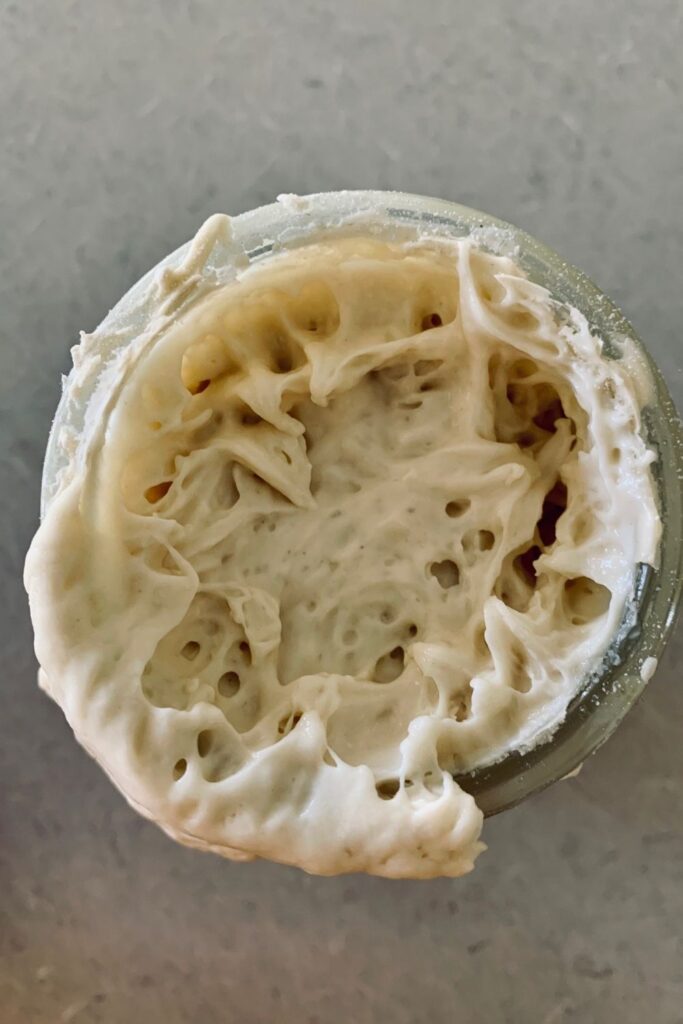
Choice of Flour For Open Crumb
It's very important to choose your flour correctly when setting out to achieve a more open crumb sourdough.
You'll find that white flours (like bread flour) will help you in your quest more than whole wheat or whole grain.
This is because bread flour tends to much higher in protein than whole wheat or whole grain flour.
It has a higher gluten content and produces a better gluten network.
The gluten network is super important as it provides the structure for your sourdough bread.
The gluten network is like a series of little chains, all forming web which will hold all those beautiful gas bubbles in an even formation.
You'll find that whole grain and whole wheat flours, as well as rye flour, will produce a much tighter, closed crumb.
They generally need to be blended with bread flour to achieve a more open crumb.
You'll find a full guide to choosing a bread flour here.
Lamination can also be a good tool for building a strong gluten network in a gentle way.

Accurate Fermentation
Fermentation really is the key to a more open crumb sourdough bread.
You need to ensure that it isn't under fermented, nor over fermented as each of these issues will result in a more closed crumb.
Ideally, you want your dough to double during bulk fermentation. It will be like a giant marshmallow! It will feel light and pillowy to the touch.
It's this lightness that signifies airiness and will in turn develop an open crumb in your sourdough bread.
Bulk fermentation can be difficult to get right, but like anything, it just takes practice! The more often you do it, the easier it will be to know when your dough is ready for shaping.
This guide to bulk fermentation will help you to understand when your dough is ready to be shaped for the best crumb.
You might also like to explore the way diastatic malt powder can help you with more efficient fermentation.
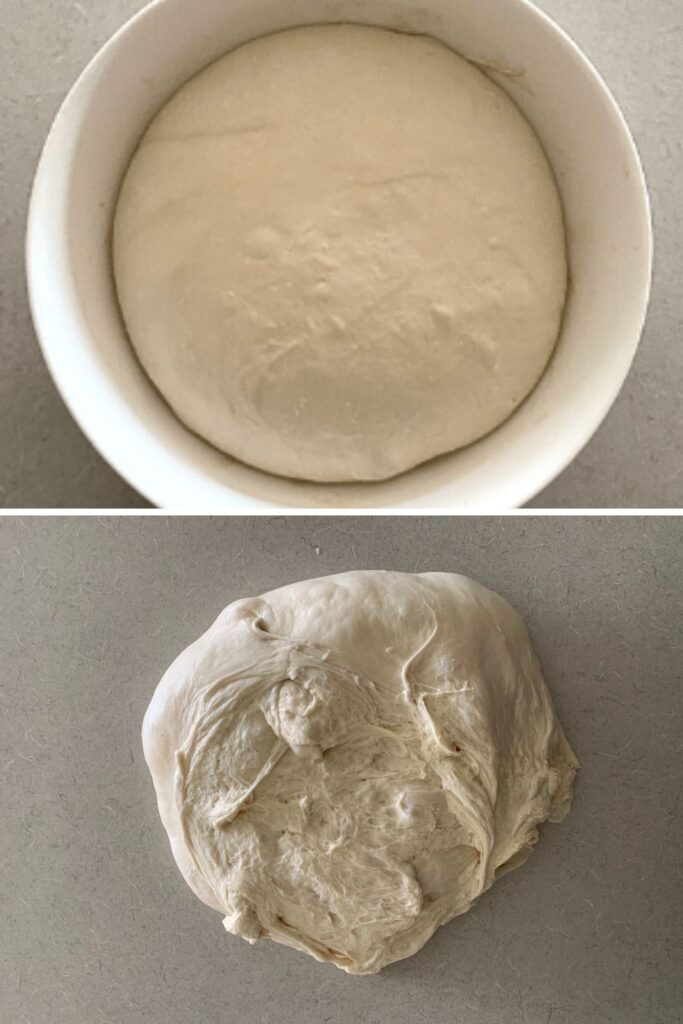
Higher Hydration
Higher hydration is important to ensure a more open crumb in your sourdough bread.
However, there is a misconception that you need to have a super high hydration in order to achieve it.
Hydration above 70% should get you a more open crumb. Anything under 70% will be harder to achieve this.
If you are still trying to understand sourdough hydration, this beginner's guide to sourdough hydration will help explain.
My simple sourdough recipe is 71% hydration and it is indeed possible to get an open crumb with this level of hydration.
If your bread is very compact and the crumb is super tight, it can mean that the hydration level was not enough for amount of flour used. Increasing the water content will help to alleviate this issue.
If you're working with higher hydration dough, consider lamination for superior dough strength.
Shaping Sourdough For More Open Crumb
Shaping is an important part of the process for open crumb sourdough bread.
You need to firm, yet gentle in handling your dough.
You don't want to disturb too many of the bubbles that have formed during the bulk fermentation, but you need to be firm in order to get adequate surface tension.
If you don't shape your sourdough with enough surface tension, the dough will spread out once it is turned out the banneton.
This will result in a closed crumb because the dough has no structure and cannot hold the gas bubbles in place.
Creating a nice tight package of dough allows the CO2 bubbles to be evenly distributed - this results in an open, but even sourdough crumb.
How To Proof Sourdough For More Open Crumb
The final proofing of your dough can make a big difference in the crumb.
Many people get confused as to what proofing actually is and the role it has in the sourdough making process.
Proofing refers to the final part of the sourdough process - after bulk fermentation and shaping are completed. It is the final resting of the dough.
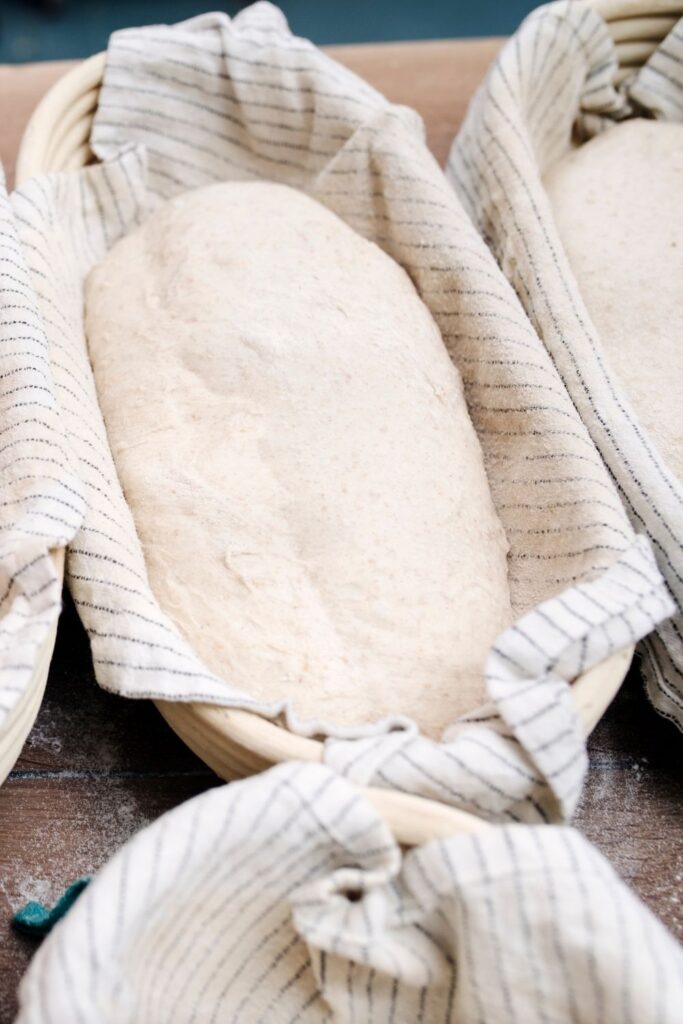
Proofing can be done at room temperature, but more often than not, it's performed in the fridge (so 4C or under). This is called cold proofing or the cold retard.
I've written about the differences between bulk fermentation and cold fermentation here.
Proofing allows the dough to relax in the banneton (or other shaping container).
Depending on the state of your dough when you placed it into the banneton, it may change in size during the proof.
You don't want to cut this part of the process too short, particularly if your dough was a little under fermented when placing it into the banneton.
If you are doing the proof on the counter at room temp, you do need to have a close eye on your dough and not let it over proof.
This will mean that the dough will start to collapse, resulting in a closed crumb. If you poke it, it will not spring back at all and you'll leave an indentation in the dough.
Cold proofing can be beneficial in that there's less chance of the dough over proofing.
However the caveat to this is that the dough will take a while to cool down to the fridge temperature, so there is still a chance that it can over proof.
You will need to check the temperature of your fridge if this happens.
Sourdough Poke Test
Use the poke test to check that your dough has finished proving.
Under proofed - you push your finger on the dough and it springs back very quickly, filling the indent.
Over proofed - you push your finger on the dough and it leaves an indent that does not fill back up.
Perfectly Proofed - you push your finger on the dough and it leaves an indent that slowly starts to fill back in, but not fully. Your sourdough is ready to bake!
Can You Achieve Open Crumb Sourdough Using A Stand Mixer?
Short answer - yes.
As explained above, an open crumb is achieved through the development of gluten (aided by flour choice) as well as ample fermentation.
Mixing sourdough with a stand mixer, Thermomix or bread machine will not affect the openess of your crumb.
In fact, a stand mixer can develop a superb gluten network, giving you a strong foundation to work from.
I've written instructions for making sourdough bread with a Thermomix and Bread Machine. Both of these methods will allow you to achieve an open crumb loaf.
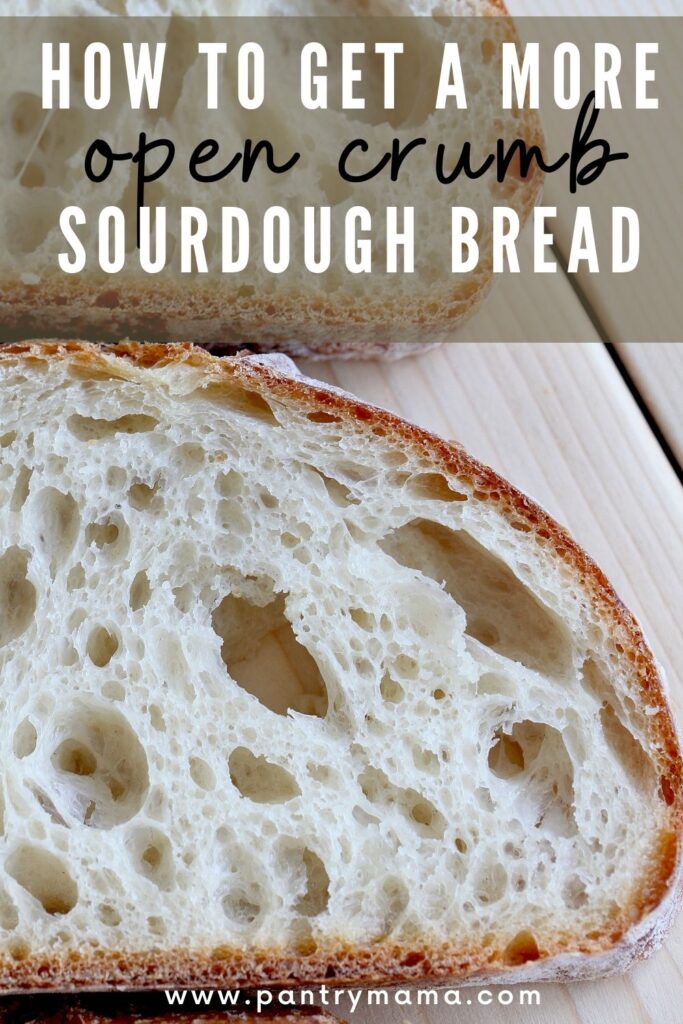
Further Reading
If you enjoyed this post about achieving a more open sourdough crumb, you might find these posts of interest:
- Learn how to achieve a deeper, darker crust on your next sourdough bake.
- Here are 6 tips for better sourdough oven spring.


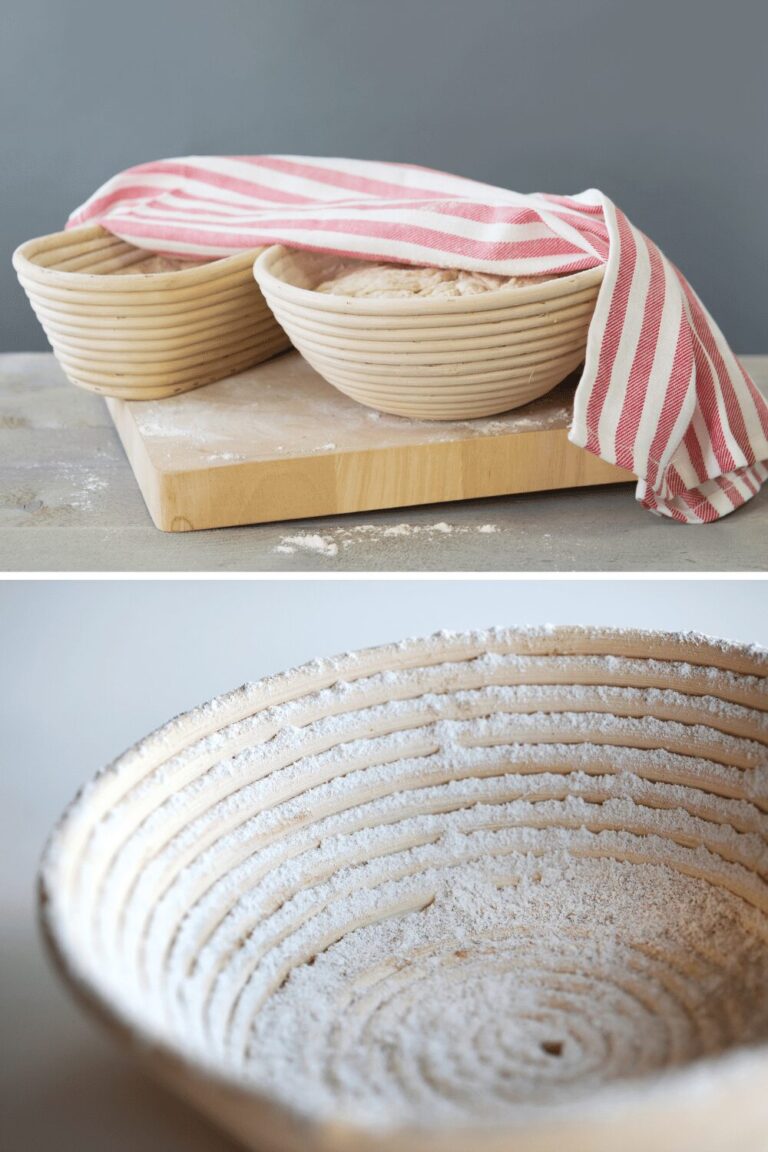
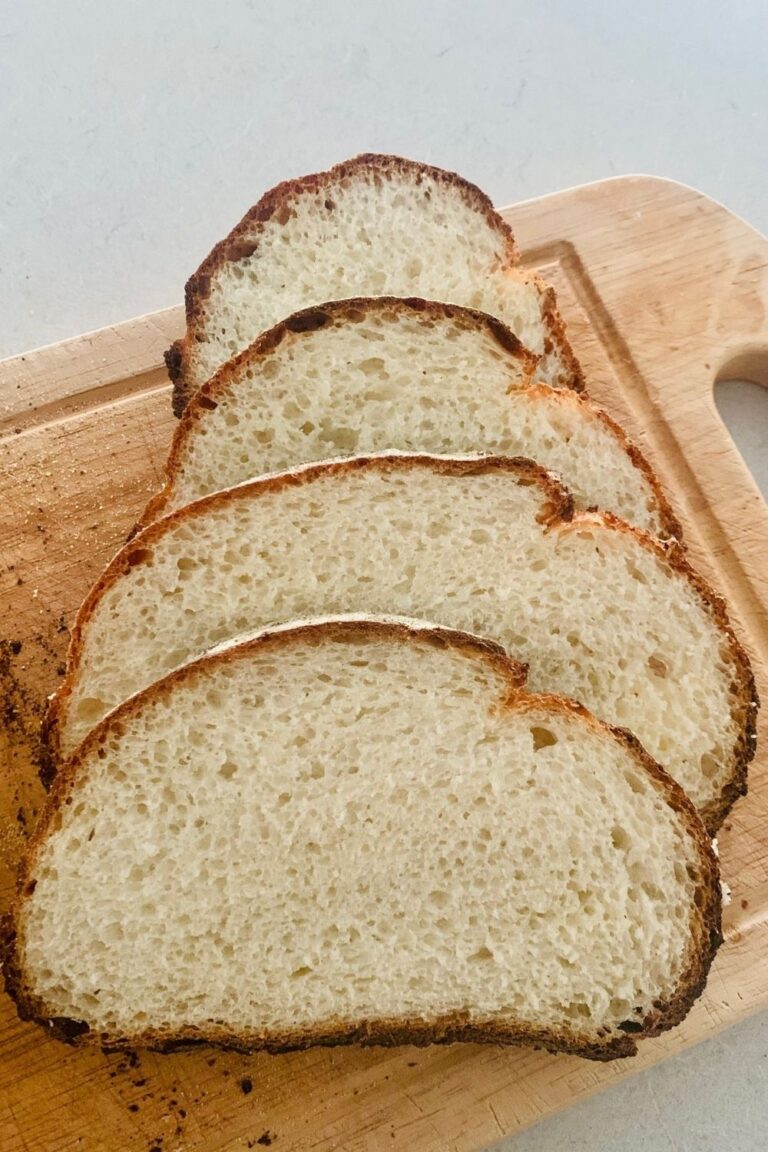
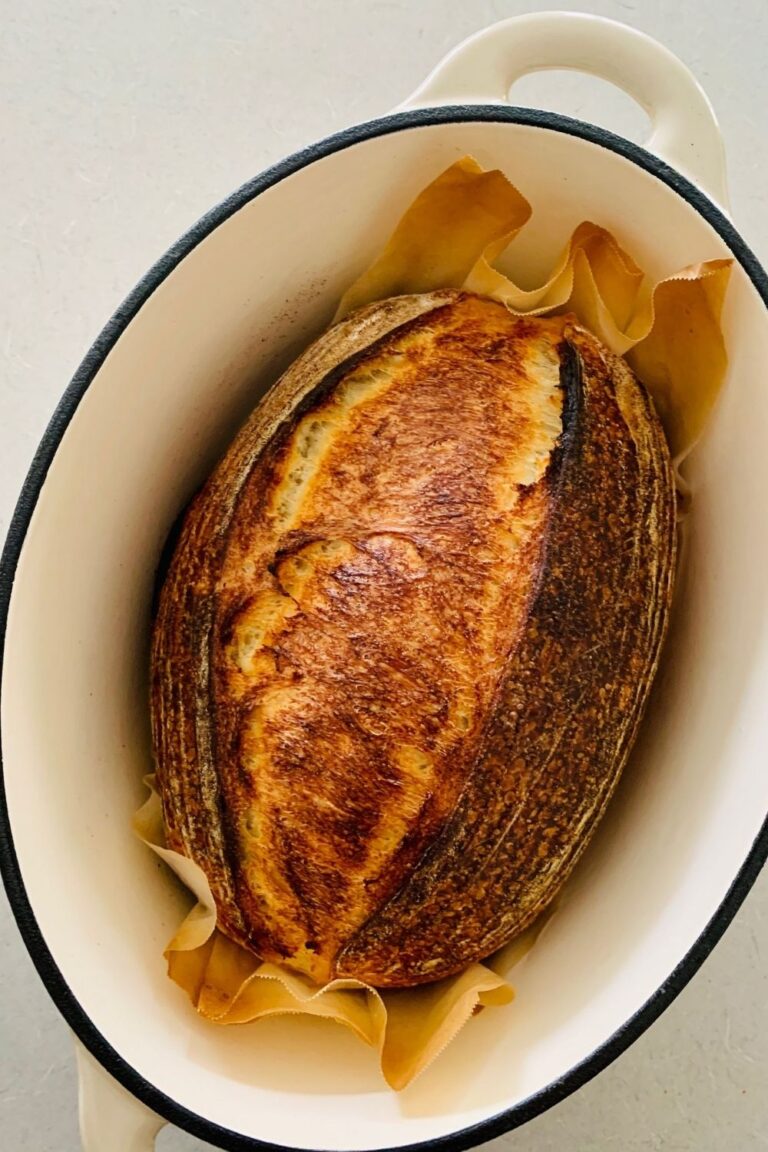
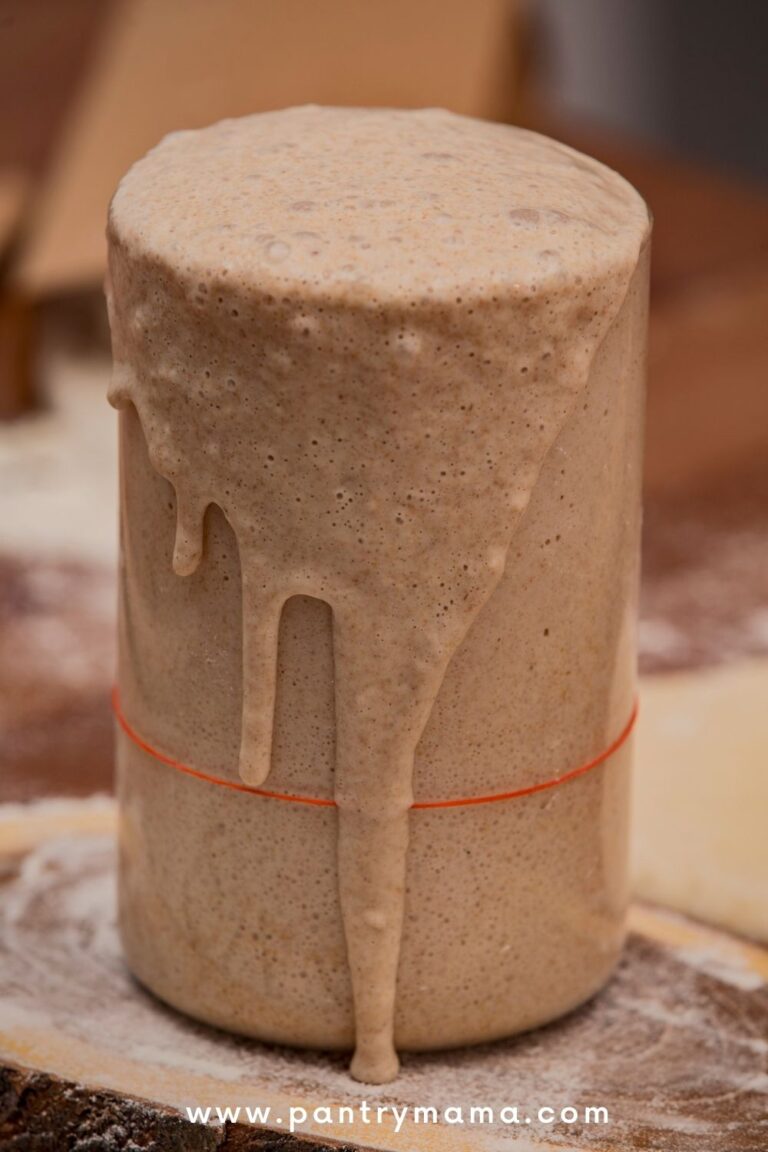

Thank you for all the information but I don’t know if understood everything, when I bake my sourdough bread sometimes it’s a bit dense inside, I still eat after toast it, it that mean I didn’t leave to rise properly, when I make my sandwich one with discard it’s ok thank you for your help xx
Hi on my last loaf i had a really open crumb on the outside but it was a lot tighter towards the bottom center how can I fix this?
This indicates under fermentation. This guide to sourdough under fermentation will help you navigate this 🙂